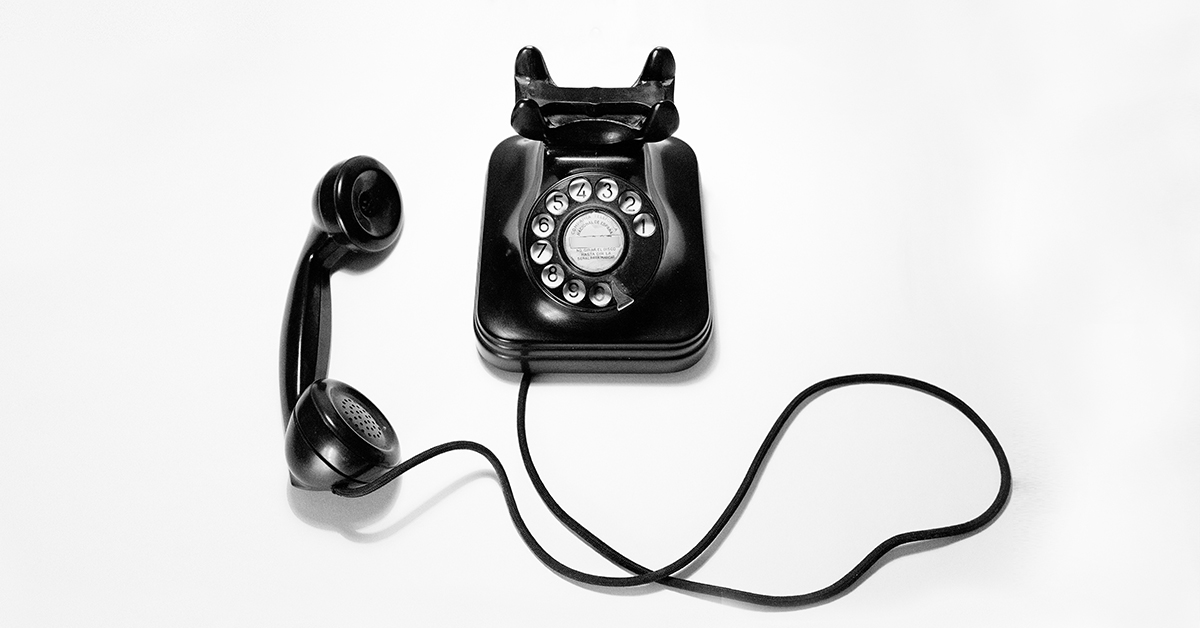
Photo by Quino Al on Unsplash
Not too long ago, when we called someone we used to keep our fingers crossed for them to be close by to pick up the phone. When cell phones hit the mainstream, reaching someone became easier, but calling them wasn’t cheap. So although people were more certain to hear each other, they didn’t do so considerably more often.
Then came the smartphone which forever changed the playground. Communication took on even more forms. Instant messaging was added to the mix, along with email on the go and video chatting. Today, voice calls are a lot cheaper, but according to numbers dished out by Nielsen, the traditional “hello” has neither increased, nor decreased in usage.
Whatever happens in the tech world, our ancestral need to communicate verbally remains unchanged. The time we spend on the phone is declining, but ever so subtly and only among certain age-groups. 31% of U.S. wireless subscribers report “low” usage of their phone’s voice calling function, up three points from the 28% reported at the end of 2014. Those 25-34, 35-54 and 55+ reportedly spend fewer minutes on the phone year-over-year. However, users 18-24 are spending more time making calls – 33 more anytime minutes on calls in the third quarter of this year (compared to the year-ago quarter). A look at calls by time of day in New York has yielded unsurprising results, in that call time peaks across the hours 10:00 a.m. and 6:00 p.m., the same as last year.
The lower number of calls hasn’t been replaced by texts, according to the research. The trends are merely fluctuating, and only by a very small margin. Digital advancements have made communicating with others so easy and straightforward that it has become necessary to sometimes limit the use of our communication channels to avoid overload. The spoken word, as it turns out, is the only constant in the equation.
Post A Reply